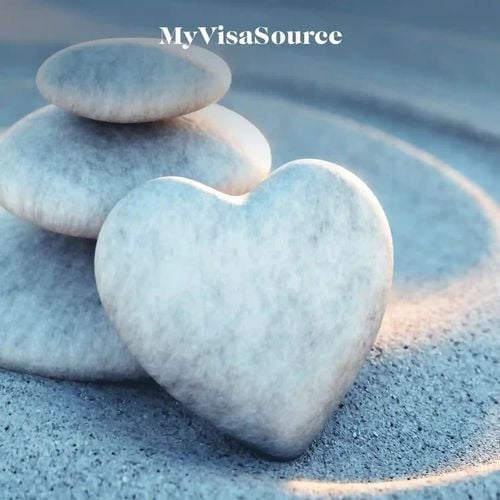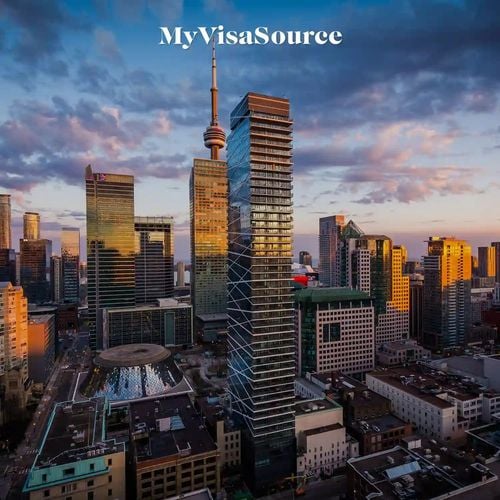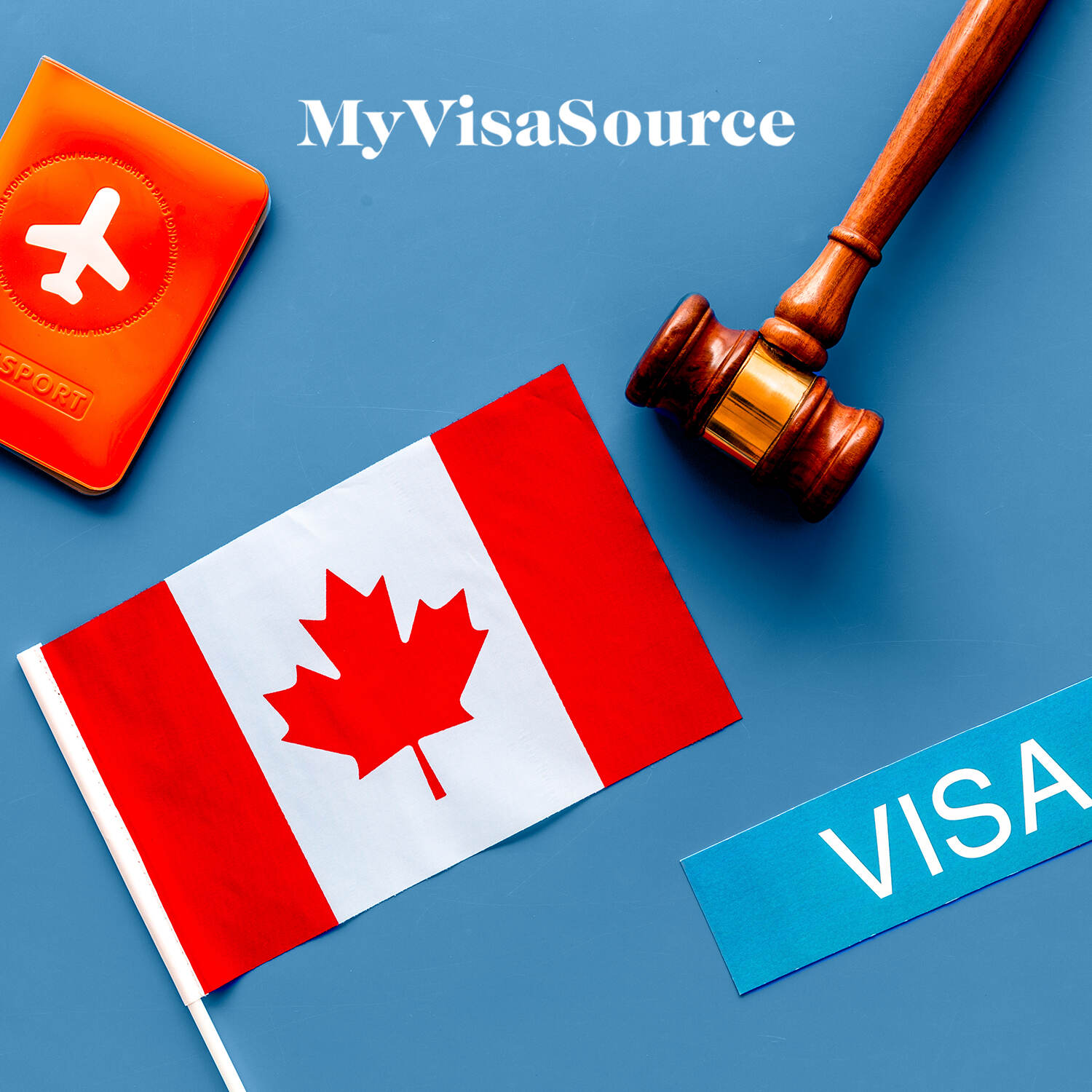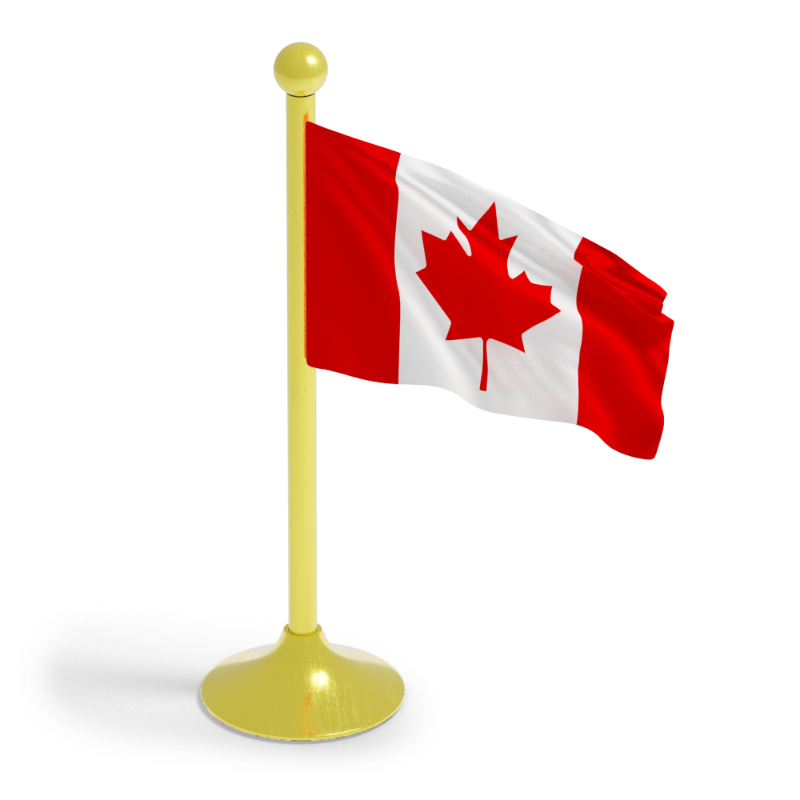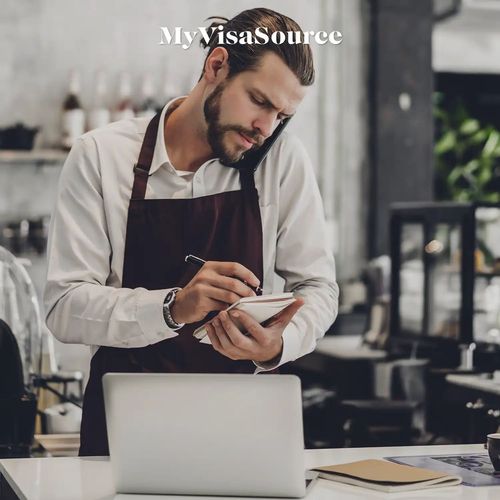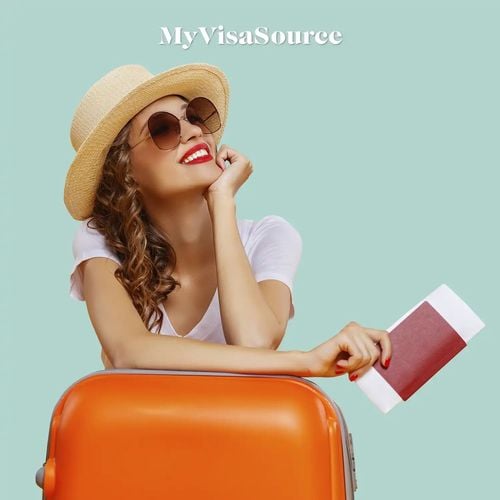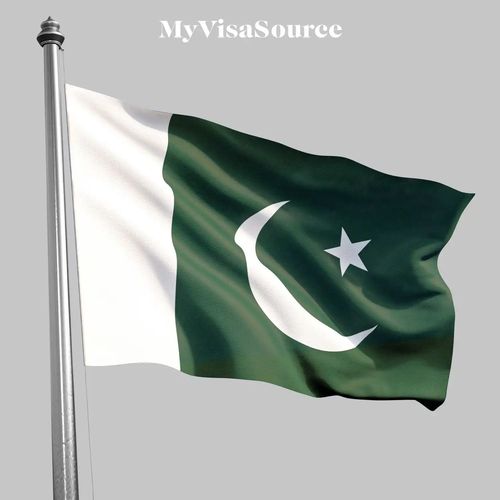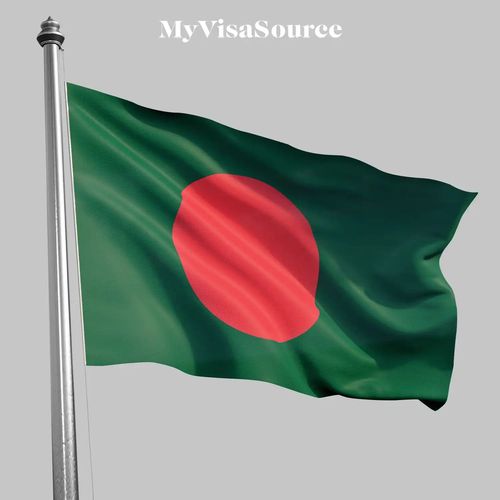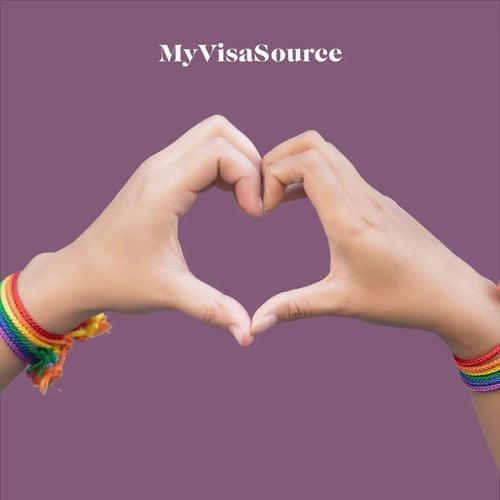For the Canadian Immigration Levels Target Plan for 2021-23, Canada announced that it plans to invite over 401,000 new immigrants over the next years. However, due to the current travel restrictions imposed given the ongoing Covid-19 pandemic that crippled Canada’s immigration system in 2020, the Canadian government has thought it best to encourage temporary residents to transition to permanent residence.
Why Is the Immigration Target Set So High?
Experts believe that high levels of immigration will benefit the post-Covid economic recovery for Canada significantly. Therefore, the immigration target has been set high to invite the maximum number of foreign workers to meet the demands of the local labor market. While unemployment is still soaring higher than normal, it is expected that immigration will fill the required gaps in the labor markets, create jobs and contribute to the development of the Canadian economy.
However, as the third wave of the Covid-19 pandemic sweeps across different countries in the world, border restrictions and travel control will get tighter and it will become increasingly difficult to admit foreign nationals coming from overseas. Many foreign nationals who received their Confirmation of Permanent Residence (CoPR) since March 2020 have still been unable to travel to Canada due to the ongoing pandemic. It was expected that the rollout of the vaccination drive will soon lead to the end of such restrictions. However, the progress seems very gradual as many countries like India and Britain fight the overwhelming increase in Covid infection due to a second or third wave.
Why Is Canada Focusing on Transitioning Temporary Foreign Workers into Permanent Residents?
While there are some exemptions for family members, essential workers, international graduates and some other groups, many approved foreign nationals still face obstacles in their journey to come to Canada and begin their permanent residency. As border restrictions make it difficult for overseas applicants to travel to Canada even after confirmation of permanent residency, temporary residents are the solution. Temporary residents can easily transition without much trouble and integrate quickly into the Canadian society and economy.
As they already have experience working in Canada, it is beneficial to the labor market. According to a study by Statistics Canada, foreign workers with Canadian work experience do almost 8% better in the labor market compared to those with no Canadian experience. This is because as temporary residents, these individuals have already learned the language and understand the Canadian work culture and practices to easily navigate the job market.


